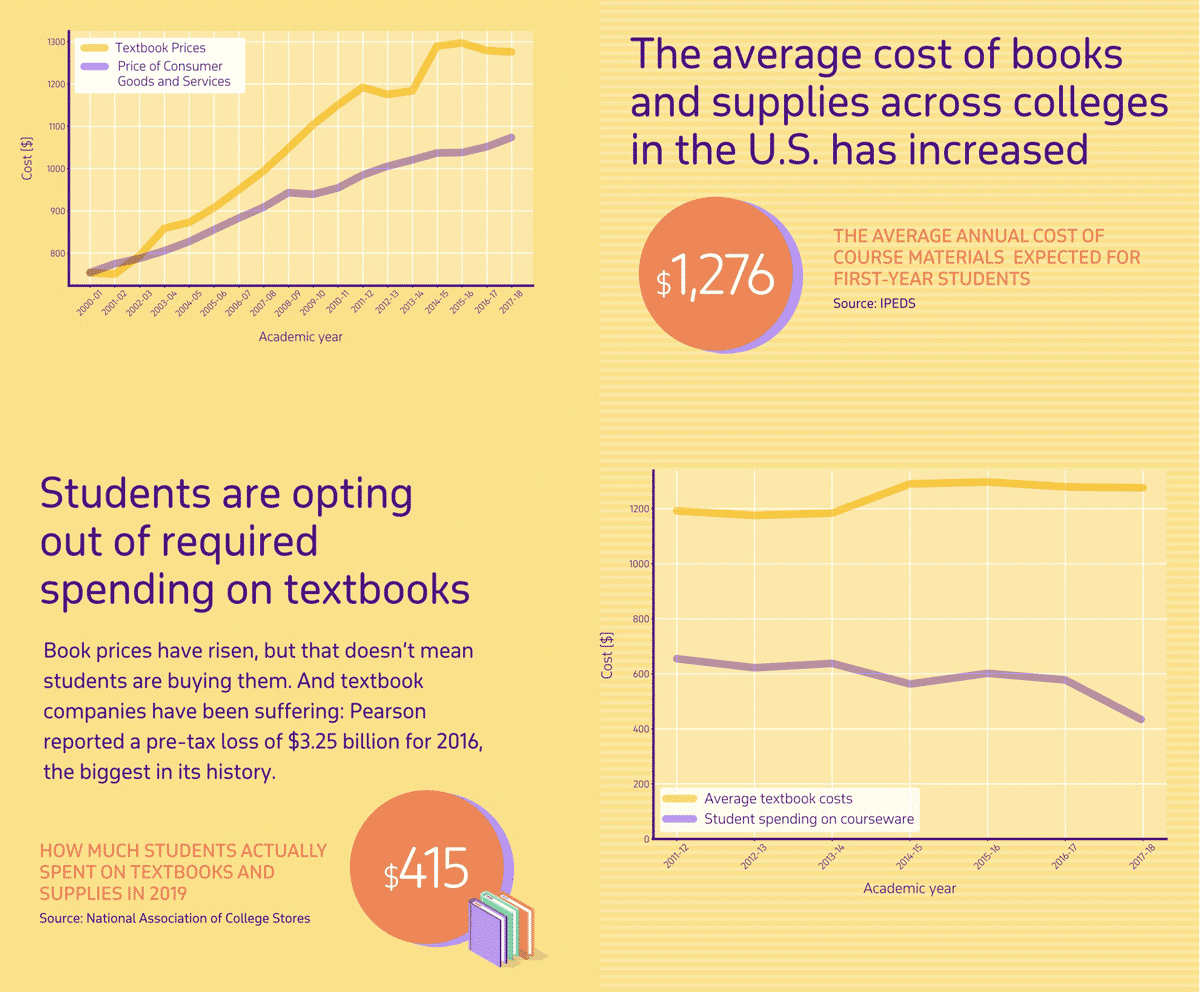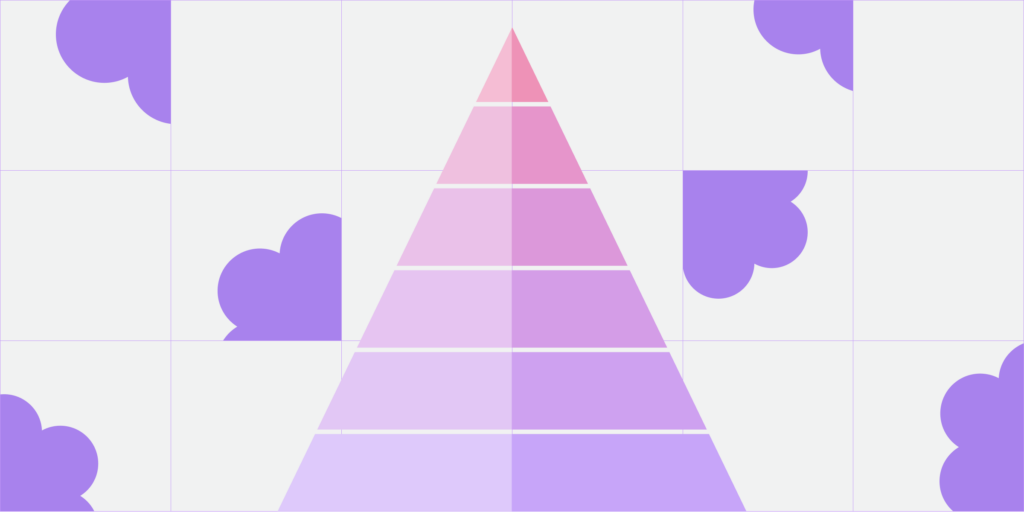Textbook prices continue to be out of control—and one of the most common ways that students get around the issue of high prices is through buying older editions, which usually cost a fraction of the price. Normally, students manage to adapt; but there are some disadvantages to acquiring an older tome, and publishers are trying to fight back.
The problem
The average amount that first-year, full-time students across the United States are asked to spend on books and textbook materials is $1,276, according to figures from the Department of Education’s Integrated Postsecondary Education Data Service compiled by Top Hat. However, the actual figure being spent on textbooks is $415 per year, according to the National Association of College Stores.
While a significant factor in this disparity comes down to students who simply don’t buy the books, there are also many students who buy earlier editions or recycled ones. A survey undertaken on the campus of Minnesota State University found that more than half of students most often bought used textbooks at their campus store—and a similar amount “never” bought new editions.
Approximately 70 percent of publishers release a new edition of their book every three or four years. New editions have been essential to the balance sheets of large publishers like Pearson and McGraw Hill; they normally come at a significant premium to the previous versions (a 60 percent difference in cost).
But there is often scant difference. When the Student Public Interest Research Groups (PIRGs) surveyed faculty, 76 percent said that releasing a new edition was justified half the time or less; over half of those faculty said that the new editions of textbooks are ‘rarely to never’ justified compared with the previous ones.
“The subject of calculus [has] not changed much in the last 100 years,” they quoted one professor. “[There] are no reasons why the textbooks have to be updated every five years or even more frequently. New illustrations are sometimes added, exercises are shuffled and so on, but these do not substantially affect teaching/learning.”
OpenStax, the OER publisher, doesn’t have the financial imperative behind continually changing editions. While they update materials annually as needed, it doesn’t do full revisions just for the sake of it. “Our physics book, which we published in 2012, we haven’t done a revision yet, and we don’t want to,” OpenStax editor-in-chief David Harris told WIRED magazine. “The laws of physics haven’t changed for the last eight years, I can guarantee you that.”
So why worry?
Uncertainty—and the fact that students using multiple editions creates extra work for you—are reasons to be concerned about older editions of textbooks in class.
In the average science textbook, where the core part of the curriculum rarely changes, you’ll find that page numbers, illustrations, figure numbers, chapters and questions might switch between editions. You and your students might be lucky enough to have a list of changes from the last edition in the index. But if you’re assigning reading and questions in class for formative assessment, you won’t be able to prevent students from using previous editions—and some profs have been known to set different assignments for different editions.
But even in introductory courses, you can’t be 100 percent sure that everything will carry over between editions. An obvious example is when Pluto was demoted to a dwarf planet in 2006—one in four textbooks in use in classrooms in 2008 still claimed that there were nine planets in the solar system.
And when key texts and manuals for various disciplines are updated—such as in psychology, when the Diagnostic and Statistical Manual of Mental Disorders, which was refreshed in 2013—all previous textbook editions instantly become obsolete.
But the biggest problem, at least from your students’ perspective, is publishers cutting off the supply of older print editions by making them rental only, and having an e-book as the only option—as Pearson, for instance, has promised to do. Furthermore, student activation codes for important content such as assessments and multimedia usually only work once, meaning that used and older editions aren’t viable. “They’re the next frontier in the textbook affordability battle,” said Nicole Allen, director of open education at the Scholarly Publishing and Academic Resources Coalition, told Student PIRGs.
The solution: No more editions
With Top Hat Textbooks, you can break free of the endless cycle of updating editions: when changes need to happen to a textbook, they’re pushed directly with the permission of the instructor, and the instructor can make their own changes to their version of the text too.
Integrating a textbook into your classroom means that students have access from day one of the course—and you’ll save significant time on assignments too, as they’re directly integrated. Learn more about textbooks on the Top Hat platform here.



